调节器模块的常见产品功能:
控制功能:调节器模块通常具有控制功能,用于调节和控制某个系统或设备的运行,如流量、压力、温度等。
反馈机制:模块通常配备反馈机制,实时监测和调整输出信号,确保系统的稳定性和准确性。
自动调节:调节器模块通常支持自动调节功能,根据预设的目标值和参数自动调节输出信号实现所需的控制。
信号处理和滤波:模块通常具有信号处理和过滤功能,用于处理输入信号中的噪声、互文和不确定性。
多输入/输出接口:调节器模块通常具有多个输入/输出界面,用于与其他设备或系统进行数据交换和通信。
灵活的配置选项:模块通常具有灵活的配置选择,可以根据特定的应用要求进行参数测试和功能选择。
可靠性和稳定性:调节器模块的设计和制造通常具有高可靠性和稳定性,以满足工业环境的要求。
监测和诊断功能:模块通常具有监测和诊断的功能,可以实时监测模块的状态和性能,并提供相关的诊断信息。
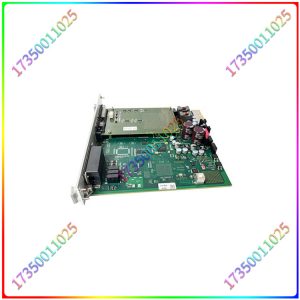
B0760-627913600B

B0760-627913600B
Common product functions of the regulator module:
Control function: The regulator module usually has control functions, used to regulate and control the operation of a system or equipment, such as flow, pressure, temperature, etc.
Feedback mechanism: Modules are usually equipped with feedback mechanisms to monitor and adjust output signals in real-time, ensuring the stability and accuracy of the system.
Automatic adjustment: The regulator module usually supports automatic adjustment function, which automatically adjusts the output signal according to preset target values and parameters to achieve the required control.
Signal processing and filtering: Modules typically have signal processing and filtering functions, used to handle noise, intertextuality, and uncertainty in input signals.
Multiple input/output interfaces: Regulator modules typically have multiple input/output interfaces for data exchange and communication with other devices or systems.
Flexible configuration options: Modules typically have flexible configuration options, allowing for parameter testing and functional selection based on specific application requirements.
Reliability and stability: The design and manufacturing of regulator modules typically have high reliability and stability to meet the requirements of industrial environments.
Monitoring and diagnostic functions: Modules usually have monitoring and diagnostic functions, which can monitor the status and performance of the module in real-time and provide relevant diagnostic information.
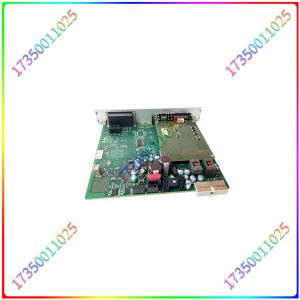
B0760-627913600B
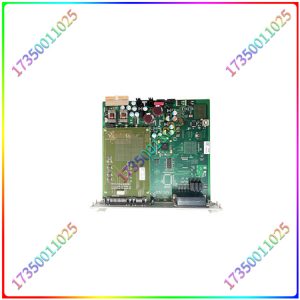
B0760-627913600B

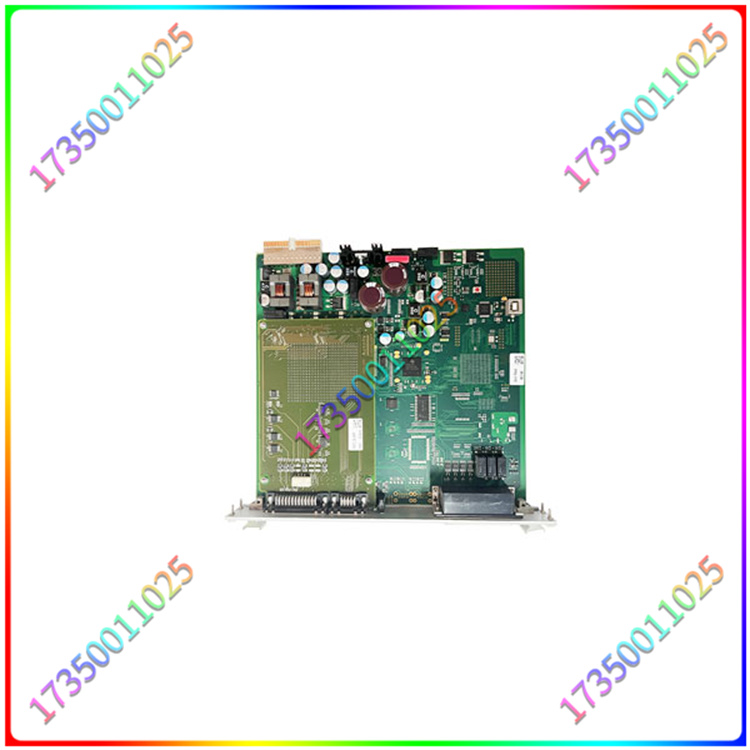
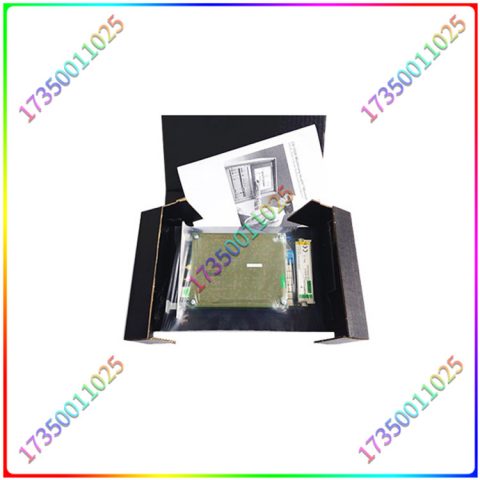
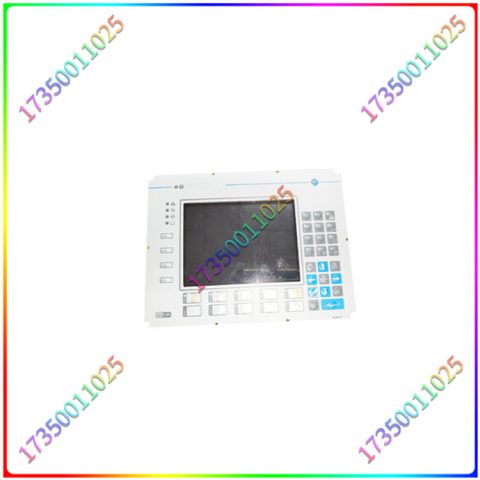
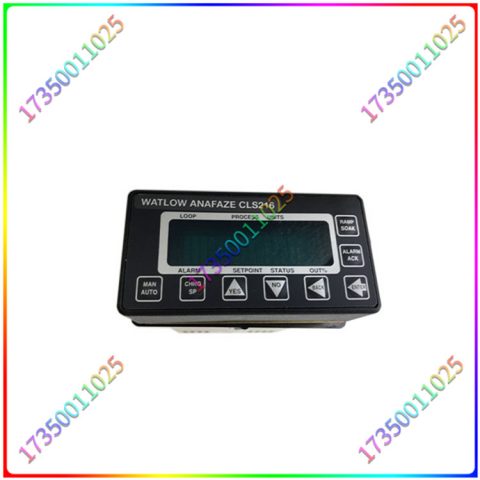
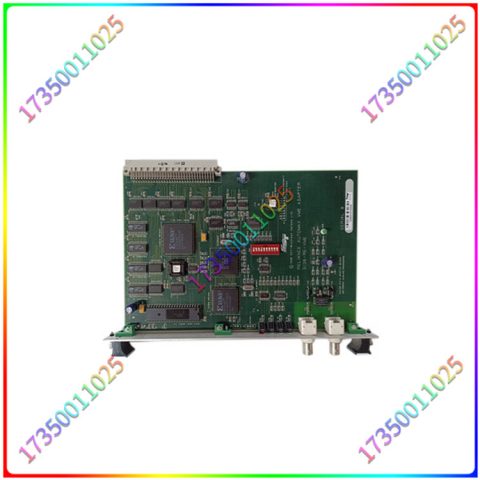
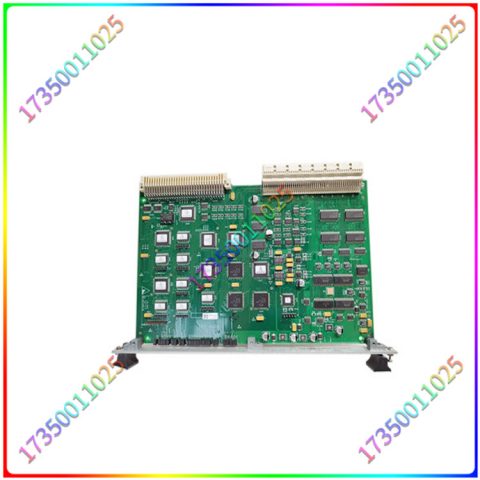
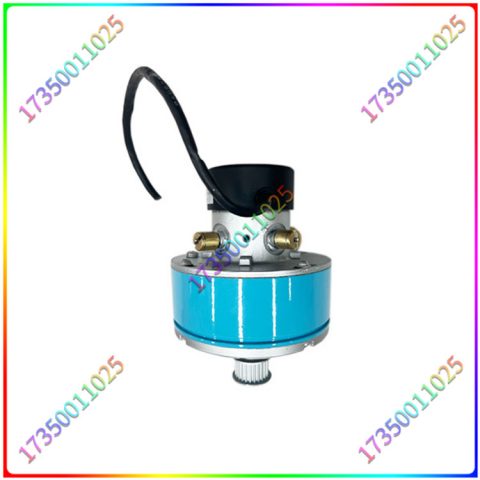
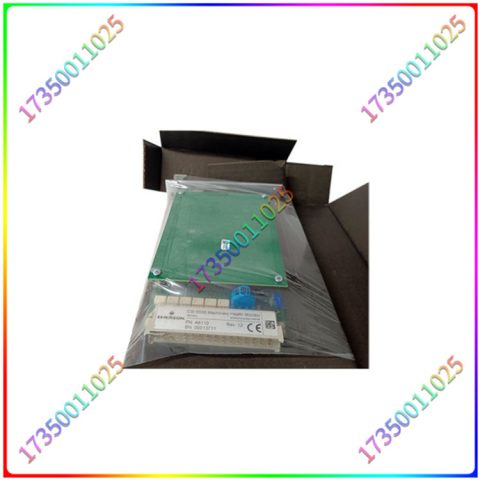
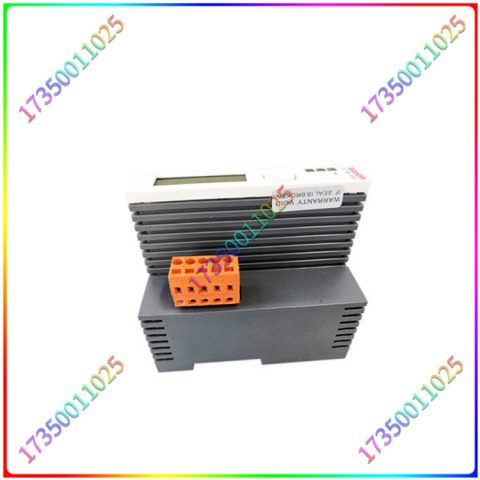
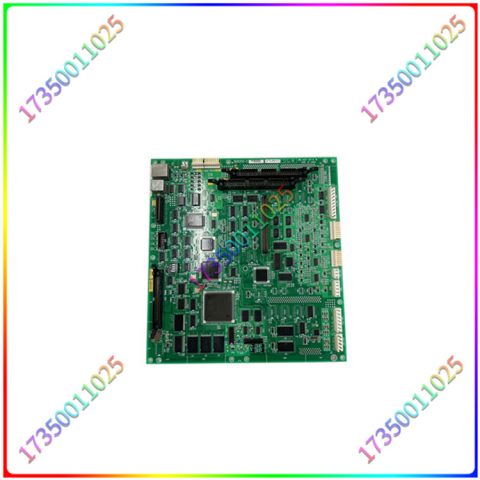
There are no reviews yet.